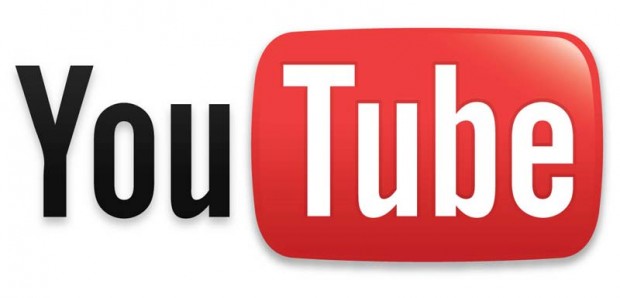The ability to stream videos on the Internet anytime you want has proven to be a revolutionary concept, but one constant problem persists: lagging.
Although many users are OK with services like Netflix or Hulu having a bit of a lag as the load content of a “substantial length” like a movie or television program, they’re a lot less easy-going when it comes to streaming sites like YouTube, which tends to primarily show shorter content that users just want to watch quickly before moving on.
In fact, this lag has become such a problem (and probably garnered so many complaints) that YouTube has been working hard to try to reduce the amount of time between when a user clicks “Play” and the video actually starts down to just 200 milliseconds, which viewers would perceive as instantaneous. But perhaps more importantly, the company is trying to do away with those awful lags that occur midway through watching a video.
Much of the reason for all of this lagging was due to the fact that whenever a video was uploaded to YouTube, it would be copied into four different resolutions (360p, 480p, 720p and 1080p) as an entire file, meaning that anytime anyone tries to watch a video at any resolution, they have to download one big file to do it.
To solve this issue, YouTube has introduced a new piece of technology called Sliced Bread that cuts all of the different resolution copies into smaller, more manageable chunks, allowing YouTube to serve users a video slice-by-slice, so that it can dynamically change the resolution being displayed depending on how the viewer’s Internet connection is performing. As a result, videos should no longer pause while they’re playing (though users may notice some resolution changes during playback).
Apparently, this has already reduced re-buffering by 40%, according to YouTube.
Another method that YouTube is using to get rid of lag times is using a combination of parallel processing and pre-loading. Because watching a video on YouTube necessitates loading the content’s whole Web page, as well as the page’s JavaScript and the video player, a lot of users are exhausted before they can even begin streaming the video.
Thus, YouTube is working on a way to have all of the elements of a page download in parallel, but another, more forward-thinking solution may be what really takes YouTube to the next level (and makes it easier to get lost on the site for hours on end).
The idea is simple, if you’re already watching a video on the site and you want to jump to something else, why should you have to sit through the loading process all over again? In the future, YouTube would like to make it so that anytime a user clicks to play another video after already having viewed one, the player will update and the video will play automatically in the pre-loaded player. To make sure that it can do this as quickly as possible, YouTube will start pre-loading slices from related or suggested videos in the right-hand sidebar.
Likewise, the company seems to be working on a way to use pre-loading techniques to improve mobile video viewing. Android users with the YouTube app will be able to click on boxes to pre-cache videos from the channels they’re subscribed to or from their Watch Later lists. Then, they can view those videos from anywhere (assuming they have an Internet connection) and they will begin to play almost immediately every time.
Of course, the downside to all of this is that more and more bored teenagers may begin to develop YouTube addictions. But it’s a small price to pay.
[via Yahoo! News]

 Email article
Email article




